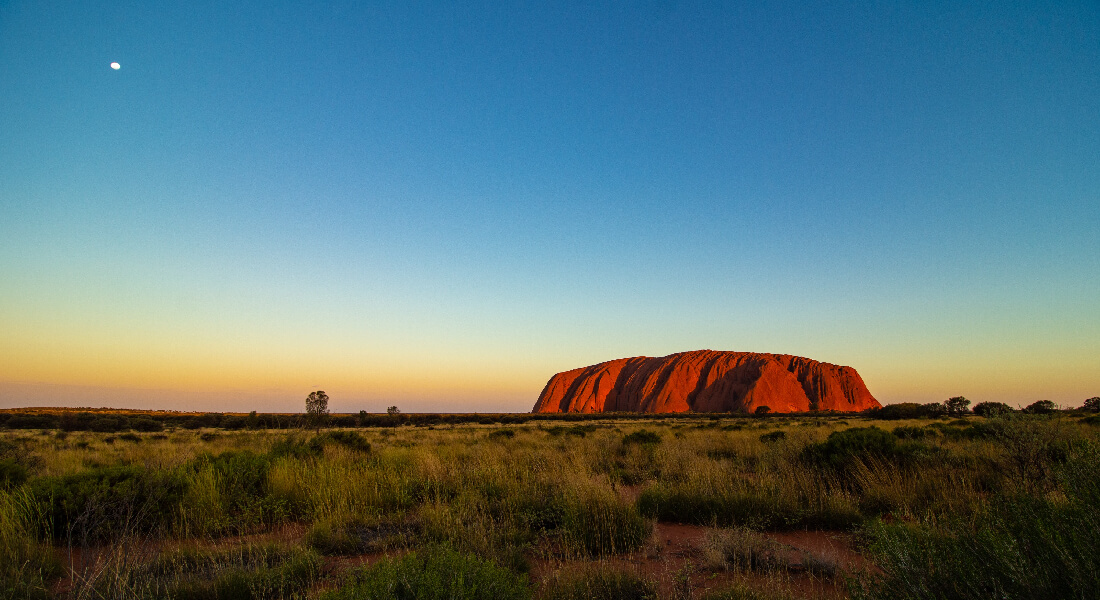Plants used by the indigenous population in Australia, the Aboriginal people, to fight infection, among other things, may be able to help cancer patients who are no longer susceptible to chemotherapy, a new study from the University of Copenhagen shows.

For centuries, people all over the world have been using medical plants to fight infections, boost wound healing, and for religious ceremonies. And for centuries, scientists have been trying to identify the active substances in these plants in order to use them in modern-day medicine.
Now researchers from the University of Copenhagen have studied an Australian desert plant and found a substance that appears to counteract resistance to a specific type of chemotherapy.
"Cancer cells sometimes develop an ability to fight the medicine, chemotherapy, used to treat patients. We have found a substance in a plant that appears to inhibit cancer cells' ability to defend themselves against chemotherapy, i.e., build resistance to chemotherapy. The plant is only found in Australia and has traditionally been used by the Aboriginal people," says PhD Students Malene J. Petersen from the Department of Drug Design and Pharmacology.
The natural substance isolated by the researchers is a so-called flavonoid. In the laboratory, they tested the substance on human cancer cells in combination with SN-38, which is the active substance of the drug Irinotecan that is used to fight e.g., aggressive lung cancer and colon cancer. The results showed that a combination of the natural substance and chemotherapy was able to inhibit the cancer cells' ability to fight the medicine.
Around 90 percent of all cancer deaths is a result of resistance to chemotherapeutic treatment.
Lung cancer:
77 percent of male patients die each year
72 percent of female patients die each year
Colon cancer:
36 percent of male patients die each year
37 percent of female patients die each year
Source: Danish Cancer Society
"Cancer cells resistant to SN-38 produce a large amount of a protein responsible for transporting the medicine out of the cancer cell again, a so-called efflux pump. This natural substance isolated from the Australian plant is able to inhibit this pump, which makes it difficult for the cancer cell to remove the medicine effectively," explains Professor Dan Stærk, who supervised the project.
The plant from the new study belongs to the Eremophila genus, comprising around 230 species, which are only found in the Australian deserts. The name Eremophila aptly means desert loving.
"An impressive collaboration across continents has made this research project possible. We have received help from a retired Australian botanist, who drove 55,000 kilometres through dry West Australia to collect plants. And a colleague at the University of Melbourne has helped us perform DNA analyses of the plans to help us predict which plants were worth studying. Finally, colleagues at the University of Copenhagen have explored the potential of producing bioactive substances sustainably in the future using synthesis biology," says Dan Stærk.
Many cancer drugs come from plants
70 percent of all cancer drugs comes directly from nature or is inspired by substances found in nature. Hence, the new discovery does not surprise the researchers behind the study.
The idea is to take traditional medicine knowledge, which has been passed on from generation to generation through thousands of years, and use advanced technology to determine which substances are active and which genes in the plants that code for the production of these active substance.
Nine out of ten cancer deaths are a result of resistance to the cancer medicine. When a cancer patient fails to respond to the treatment or experiences a so-called relapse following treatment, it is most often because the cancer cells have learned to defend themselves against the medicine by producing a large number of efflux pumps.
"We already have products that inhibit the efflux pump. But they do not work optimally, because they are not specific enough and can have lots of side effects. We also believe we can find compounds that work even better than the substance we have discovered here. That is why we will now start to look for similar substances in other plants," says Professor Dan Stærk.
"Interestingly, antibiotic-resistant bacteria, for example, appear to produce large amounts of almost identical efflux pumps, which has made them extremely good at pumping the antibiotics out of the cells. This natural substance, the flavonoid, targets this specific pump protein, which make us speculate whether it may play a role in treatment of antibiotic resistance too," says Malene J. Petersen.
Increasing interest in sustainable production of natural medicine
The chemicals used to produce the majority of modern-day drugs are made from fossil fuels. Therefore, interest in nature's own active substances is increasing steadily. The US Food and Drug Administration still approves lots of natural products or analogues hereof as medicine. The latter are synthetic substances which are almost identical to the natural substance.
"The idea is to take traditional medicine knowledge, which has been passed on from generation to generation through thousands of years, and use advanced technology to determine which substances are active and which genes in the plants that code for the production of these active substances. In the long term, this will enable us to produce future drugs sustainably via synthetic biology," Professor Dan Stærk explains.
Read the full study here: 'Reversal of ABCG2/BCRP-Mediated Multidrug Resistance by 5,3′,5′-Trihydroxy-3,6,7,4′-tetramethoxyflavone Isolated from the Australian Desert Plant Eremophila galeata Chinnock'.






